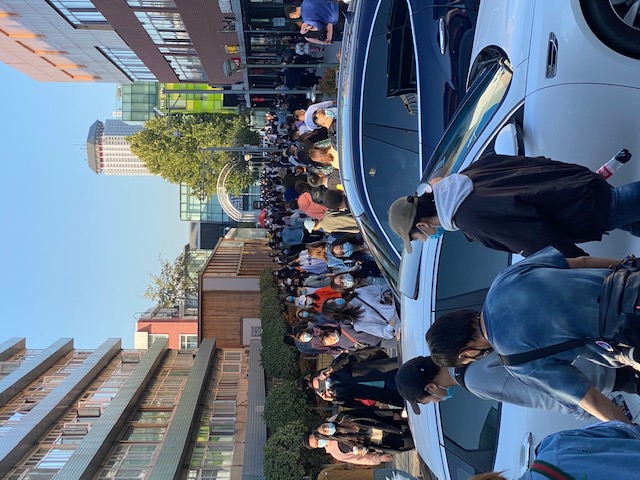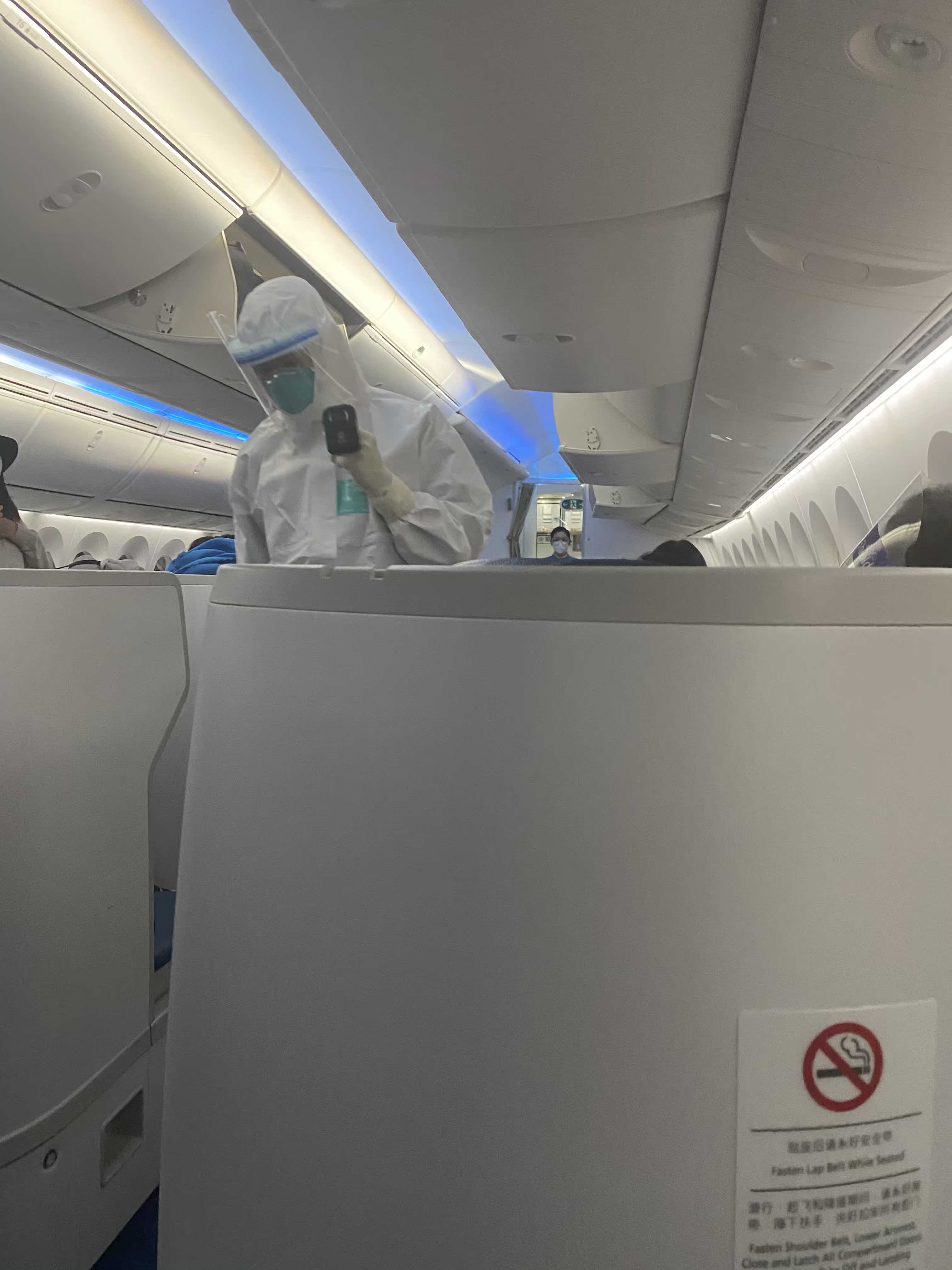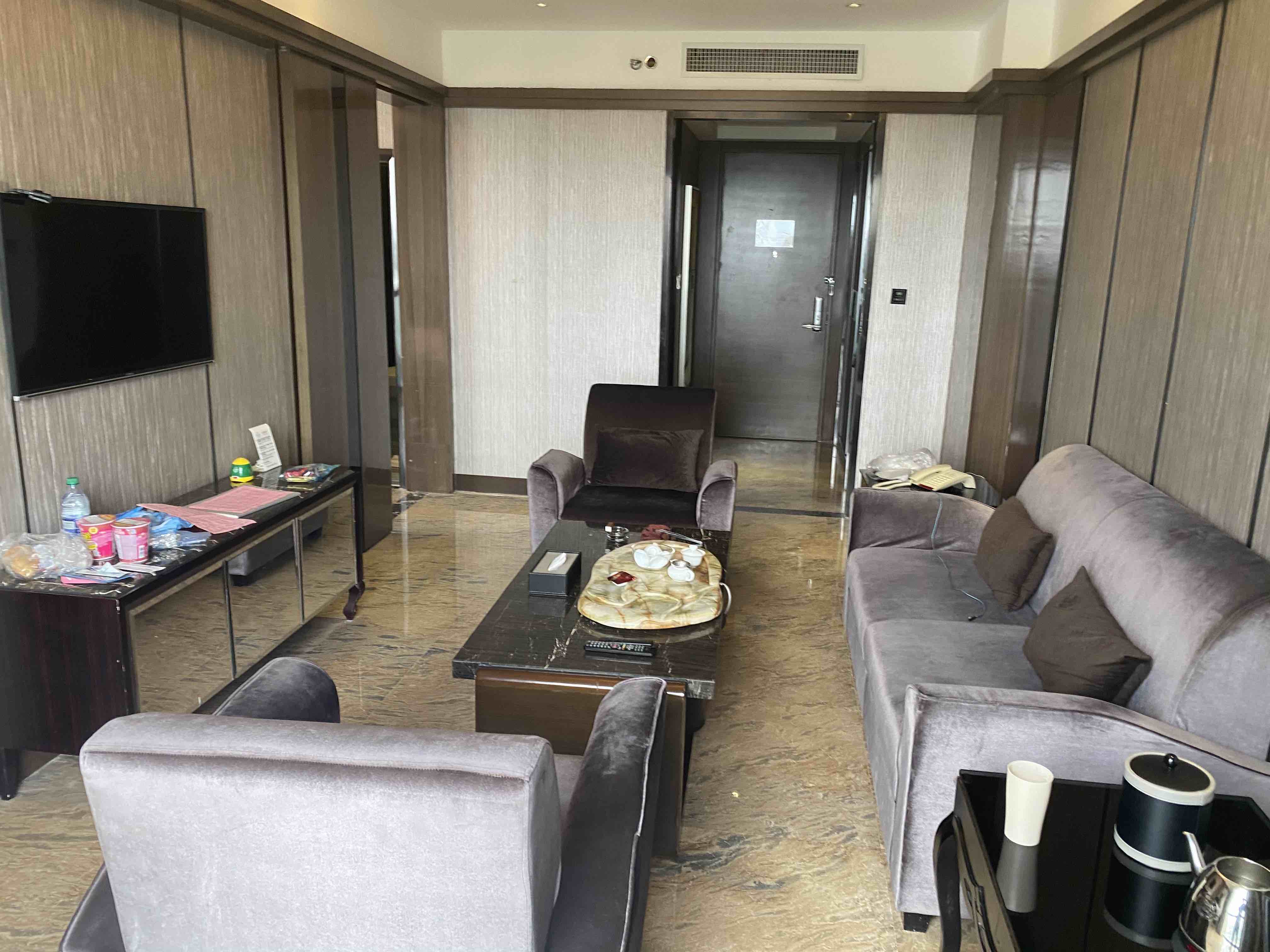It looks like the world is heading into a period of high inflation, mainly because Central Banks keep on printing huge amounts of money. Although I see deflation as well, especially in high tech products, the inflationary effect caused by quantitive easing will likely be much larger than the deflation caused by innovation and more efficient production (Wright’s Law). Money simply has to go somewhere and right now most of it seems to be ending up in the stock market and in real estate. I have thought about these effects a lot and my investment strategy for the next couple of years is based on this. This post describes my thinking process and in which categories and companies I would invest if I would have cash laying around. Crypto is of course a large part of it, but there are several other asset classes and categories that will completely outperform the market.
Crypto
To start, I believe crypto is changing the world and will eventually replace the current financial system. This is partially because crypto is superior to traditional finance (cheaper, faster and less centralized), but also because Central Banks are not doing their job and inflating their currencies away. Most people still don’t understand crypto and don’t see what progress has been made over the years. However, I think that every serious investor should spend time to learn at least the basics of decentralized financial systems. Just dismissing it without doing your homework is intellectually lazy and will cost you a lot of money. Crypto is the best hedge against Central Bank spending and inflation over the long run.
Within crypto I think Bitcoin has the best risk/return ratio, it will most likely go up another 20-50 times over the next couple of years and the downside risk is very limited. Yes, BTC is volatile and has seen huge drawdowns, but every single time it comes back stronger and makes new all time highs. See it as a long term investment and don’t sell if there is a sell off. If you don’t know how to invest in Bitcoin itself there are now many proxies, such as Bitcoin ETNs or ETFs (Canada has several ETFs, the US will likely get one soon), companies that hold large amounts of BTC on their balance sheet (MicroStrategy) or Bitcoin miners like Hut 8.
DeFi and other tokens
Although I am a Bitcoin maximalist, I do recognize that altcoins have a place in the ecosystem as well. DeFi (decentralized finance) and NFTs will eventually take over the traditional financial system and most of it is built on other blockchains. Having some exposure there makes sense in my opinion. The easiest way for traditional investors is through investments in listed companies like Galaxy Digital, tokens.com (staking tokens) or decentralized finance platform Wonderfi. They all have research teams that invest in the best teams and tokens, so if you don’t have the time for a deep dive these are good alternatives.
Minimum return should be 15%
Outside crypto I would stay away from traditional manufacturing or from old business models. Even though many of these companies grow around 10% per year, that’s actually not enough to beat asset inflation. The way to look at this is to compare the growth to the increase in the money supply, which has been about 15% per year over the last couple of years for the USD and most other fiat currencies. In other words, if a company grows less than 15% per year it’s just the Central Bank that’s keeping it alive. Anybody who makes less than 15% per year is losing money, but for some reason many investors are still happy with 10% returns per year.
Network effects
We are living in an exponential age, an age where a few companies will do extremely well (they will grow exponentially) but where most companies will end up as zombie companies. These businesses will survive but barely. Most of the surplus will end up with a few companies and if you want to do well you have to be an investor in them. What I look for when I try to find these companies are network effects: the more people use them the more valuable these companies become. That’s why for example Facebook, Google, Apple,Tesla and Amazon are outperforming most other companies. Even if we would get a stock market crash (unlikely in my opinion unless Central Banks will stop printing money) these companies will keep on doing well (they will go down a bit but will recover quickly).
There are a number of ETFs that are active in this space if you want to outsource the selection of the right companies to professionals. Personally I am a huge fan of Cathie Woods’ ARK ETFs. She understands network effects and the effect of communities and is using that herself. ARK announces every single trade they do and Cathie does regular podcasts in which she talks about her investment thesis and her vision for the future.
MRNA
New technologies that can change the world are also always on my radar. When COVID started it became quickly clear to me that MRNA vaccines could be a game changer, not just for the pandemic but for many other diseases as well. One company that has done extremely well is Moderna, now well-known because of the COVID vaccine. Because of this they now have a huge war chest, meaning they will likely be on the forefront of future vaccines for for example cancer or HIV. This is an example of a company that has the potential to outperform almost any other stock in the middle to long term.
Metaverse
The Metaverse is another ‘technology’ that is not yet on the radar of most traditional investors. A metaverse is basically a virtual world in which you can live your life, one where you can work, play and communicate with others. A world where you can show off your wealth through for example NFTs or where you can simply hang out with friends. There are a number of metaverses out there already and my expectation is that they will all be interoperable, meaning that you can easily go from one metaverse to the other. It’s still very early days but a few early winners seem to be emerging already, such as Decentraland, CryptoVoxels, and Somnium Space. If you look at the ones that come from the pure-gameplay side there are among others Roblox, Fortnite and Minecraft. Some of these are listed companies, others offer tokens or you can invest in virtual real estate in these metaverses and potentially make a killing. High risk but also a potentially very high return. Facebook, Microsoft and Google are also becoming active in this space, so they are good proxies if you want some exposure here. And of course the chip makers that generate these worlds on normal screens, in virtual reality or augmented reality.
AI
As I have argued before, artificial intelligence wil eventually lead to most people losing their jobs. That could be a good thing if they still can get paid (e.g. through a universal basic income) and if they can do something more meaningful with their lives. I am not optimistic though, the transformation to a low employment economy will be painful, especially for the older generations that have never learned to make their own money. However, for companies that use AI to replace human beings the advantages are huge: for a one time investment they will never have to pay wages anymore. This may sound harsh, but now that many people don’t want to work in restaurants or retail shops anymore (the signs for new staff are in shop fronts all over the world), employers can either opt to increase wages to attract people (leading to more inflation) or if possible look for AI solutions. Restaurants will be the first to implement robot waiters or chefs, and people will accept it knowing that otherwise the restaurant wouldn’t be able to find staff. But once they are replaced these jobs will never come back. The same for truck drivers, there is a huge shortage of them in the UK and in the EU that leads to all kinds of supply chain issues. We are pretty close to self-driving trucks and the supply chain problems will push governments to allow them. These jobs will be gone forever.
Now the question is who will make money off of these robots. Most likely initially the retailers and restaurants, but I would not be surprised if robot makers will eventually start leasing them out. This means less investments for small companies and long term cash flow streams for the companies creating the AI and robots. These cash flows could be huge, they could be close to all the wages of the people that are being replaced – not just in the sectors that I just mentioned, but in almost any sector. The companies that will capture this surplus will be among the most powerful in the world. I think chip makers will be among the ones that will benefit most from this, but Tesla seems to also understand where the world is going and will try to capture a large share of it. Next to that I think Google, Facebook, Apple and Amazon will be big players in this field. They may seems overvalued based on classic financial metrics, but these metrics are based on a linearly growing world, not an exponential one in which the top 5% will get the vast majority of all future profits.
Climate change
Another big opportunity for investors will be climate change. I have been worried about it for a long time because governments weren’t doing enough, but after COVID I realized that governments are pretty much clueless (or at the very least incompetent) about how to solve a big crisis. That means climate change will lead to huge disasters, but that will also lead to solutions created by entrepreneurs. COVID taught me that we won’t come together as humanity to solve climate change, we will fight among ourselves and many people will not believe that climate change is real, not even when their house is under water or on fire. We will not reduce our CO2 output, at least not sufficient to solve the problems we are facing.
That leaves carbon capture and sequestration combined with the emergence of new clean energy sources, and that’s where the biggest opportunities will be over the next decade. There is huge innovation and investments in renewables going on. But that won’t be enough, we need bigger sources of energy. I believe nuclear will solve this eventually, maybe through smaller and safer nuclear fission reactors, but more likely through a breakthrough in nuclear fusion. I think nuclear fusion, which generates no radiation and basically uses water as a the main ingredient for unlimited energy, is very close to becoming a reality. Of course I know all the stories about this being the case for 30 years already and that it’s always another decade off, but I think the investments that are needed to get there will become a reality because of climate change. Investments in renewable energy, but especially in nuclear fusion will have an incredible pay off for investors.
At the same time I believe carbon credits or carbon removals might be a solution to steer the world into a carbon-free future. I won’t go into the technical details here, but in short companies that reduce carbon emissions or remove carbons from the air will get paid for this with credits. This means that you can pay people not to cut down forests for example, but it also will make projects feasible that are currently not profitable. Companies like Carbon Engineering will depend on these credits and more investments will flow into the space because of these credits. At the same time most companies will have to get to net zero emissions in their operations, but in reality most can never do that. That means they will have to buy these credits or removal rights in order to keep operating or to keep their shareholders happy. I think investing in these credits could lead to returns similar to those of Bitcoin. There is a risk that governments will step in to keep prices artificially low at first, but eventually the climate change pressure will be too high and the market will take over. Over the past 12 months EU carbon credits have gone from about EUR 22 to over EUR 60 and even though ‘experts’ don’t see them going up much more (just like they said with Bitcoin at $100 in 2013), it think this is still very cheap. It’s simply supply and demand (just like with BTC) and with demand going sky high in this decade while supply is lagging behind, prices will have to go up much further. I think an investment in carbon credits or in carbon removals has the potential to outperform almost any other investment.
Conclusion
Investors will need to make at least 15% per year to offset the inflation effects of quantitative easing. I think the sectors, companies and investment instruments that I outlined in this post will likely lead to much higher returns than just 15% per year. I personally believe now might be the best time ever to create wealth for many investors, if you are willing to take risks you should be able to make much higher returns in several of the sectors.
Disclaimer: this is my personal opinion and no investment advice. I do have positions in many of these sectors or am looking at deploying capital in them. Do your own research and never put more money in than you are willing to lose.












